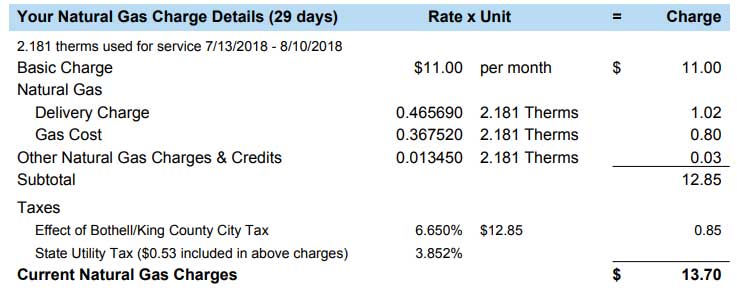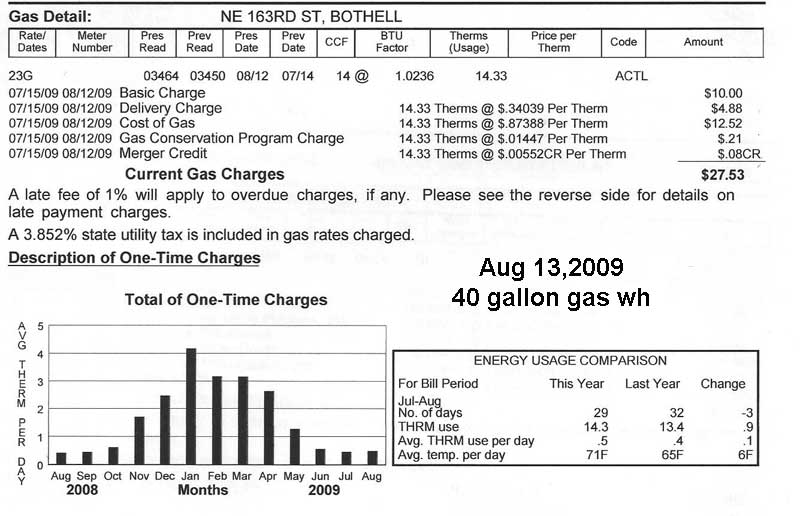B. John Henley
New Member
What is the best way to configure a redundant system utilizing one electrical tankless heater (probably 20-29kW 80-120 amp), and one natural gas heater (2009 Noritz 200,000 BTU).
My goal is to preferentially use electric heater for 50-100% of my hot water needs (in order to fully utilize electric energy credits from a grid linked solar system). But at the same time, I would like to maintain the existing full flow capacity and reliability of a 2009 Noritz 200,000 BTU tankless system.
Some thoughts I had include the heater setup in series with the electric heater first (say set to 140 degrees F), and if higher demand is needed the gas heater (say set to 120 degrees) would kick on when sensing an inadequate temperature. There is a downstream mixing valve with cold supply so water at the faucet is "constant". This option would seem to have frequent short burst on/off cycles for the gas heater maybe leaving to extra wear or carbon build up? What other problems do you see with this setup?
Other option which I cannot fully wrap my head around, involves a parallel configuration with downstream mixing valve favoring flow from the electric heater until it cannot keep up with demand then the gas heater supplements.
Third option involves a 30-50 gal electric heater tank (rather than tankless electric) in series just upstream from the gas heater. This one seems less favorable due to space, less efficient with the electrical energy, etc.
The existing house breaker box (200 amp) should be good for the 29kW tankless electric system.
The usual higher cost for electric heating is not an issue given the extra electric energy credits from a solar array (I cannot sell the energy back to the grid in my state) but the grid acts similar to a huge battery (from a cost perspective).
Thank you for your advice
My goal is to preferentially use electric heater for 50-100% of my hot water needs (in order to fully utilize electric energy credits from a grid linked solar system). But at the same time, I would like to maintain the existing full flow capacity and reliability of a 2009 Noritz 200,000 BTU tankless system.
Some thoughts I had include the heater setup in series with the electric heater first (say set to 140 degrees F), and if higher demand is needed the gas heater (say set to 120 degrees) would kick on when sensing an inadequate temperature. There is a downstream mixing valve with cold supply so water at the faucet is "constant". This option would seem to have frequent short burst on/off cycles for the gas heater maybe leaving to extra wear or carbon build up? What other problems do you see with this setup?
Other option which I cannot fully wrap my head around, involves a parallel configuration with downstream mixing valve favoring flow from the electric heater until it cannot keep up with demand then the gas heater supplements.
Third option involves a 30-50 gal electric heater tank (rather than tankless electric) in series just upstream from the gas heater. This one seems less favorable due to space, less efficient with the electrical energy, etc.
The existing house breaker box (200 amp) should be good for the 29kW tankless electric system.
The usual higher cost for electric heating is not an issue given the extra electric energy credits from a solar array (I cannot sell the energy back to the grid in my state) but the grid acts similar to a huge battery (from a cost perspective).
Thank you for your advice


